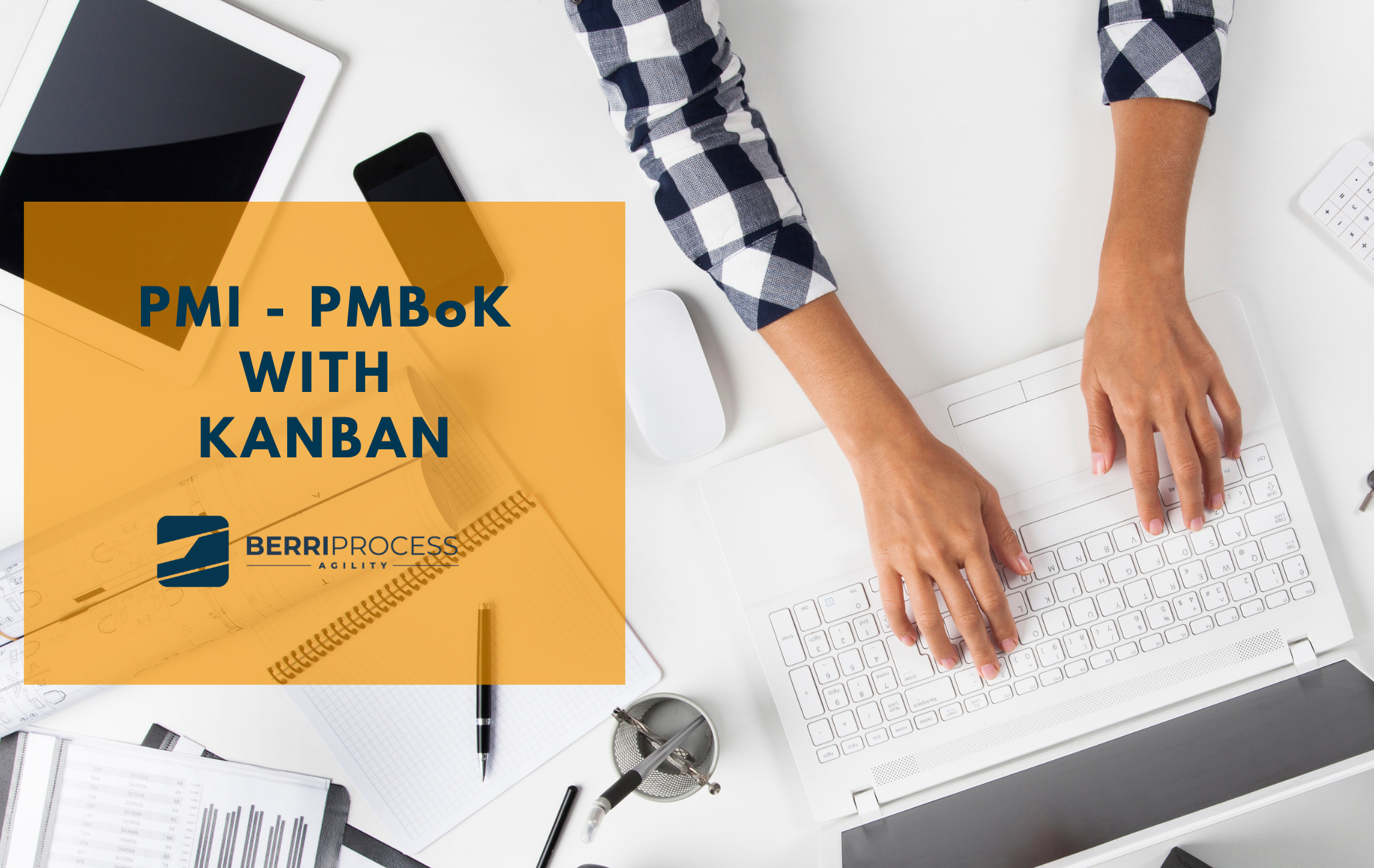Project management is challenging because it requires keeping an eye on and taking fast decisions about many aspects of your endeavor: time, costs, quality, resources, stakeholders, suppliers, etc. In today’s rapidly changing business environment running large and complex projects often becomes a hard job. Gartner highlights the importance of adopting an agile approach to project and portfolio management as well as the development of enterprise agility. PMI reports that executive leaders emphasize the need to develop the skills of the project managers and the maturity of the entire organization.
It is a widely spread myth that the Kanban method is appropriate for managing services but not for projects. Our experience, however, has demonstrated the opposite.
In this post I explain what which Kanban practices, integrated with PMBOK processes have allowed our customers to cope with the common challenges in project management. They can help you too to resolve problems such as project delays, extra costs, conflicting or missing priorities, lack of alignment between project teams, stakeholders and suppliers, ineffective communication, etc.
Furthermore, using the Kanban Maturity Model will help you develop a culture of transparency, respect, focus on customer value and alignment around business purpose. Applying the systems thinking approach to managing work allows you to address complexity in a more informed and competent manner and effectively identify improvements. Your entire organization grows in adaptability and resilienece.
In the table bellow you can find the Kanban practices that can be used together with other practices in the PMBOK knowledge areas to significantly improve the results of your projects.
| Knowledge area | Appropriate Kanban practices: | Gains: |
|---|---|---|
| Project Integration Management |
|
|
| Project Scope Management |
|
|
| Project Time Management |
|
|
| Project Quality Management |
|
|
| Project Resource Management |
|
|
| Project Communication Management |
|
|
| Project Risk Management |
|
|
| Project Procurement Management |
|
|
| Project Stakeholders Management |
|
|
At Berriprocess Agility we are working actively to develop guidelines for Kanban Project and Portfolio Management. We use the evolutionary approach of the Kanban Maturity Model to enable the development of enterprise agility of project organizations. Download our poster here. Have a look at the steps you can take to upgrade your project management methodology.
Let me know your thoughts and experience.
Teodora Bozheva
Accredited Kanban Trainer & Consultant
Co-author of the Kanban Maturity Model
www.berriprocess.com
Related posts:
- 3 Kanban tactics for taking control over your projects and increase organizational agility in less than a year
- Upgrading your project management process step by step with KMM
- “Kanban Project and Portfolio Management” Video – coming soon



